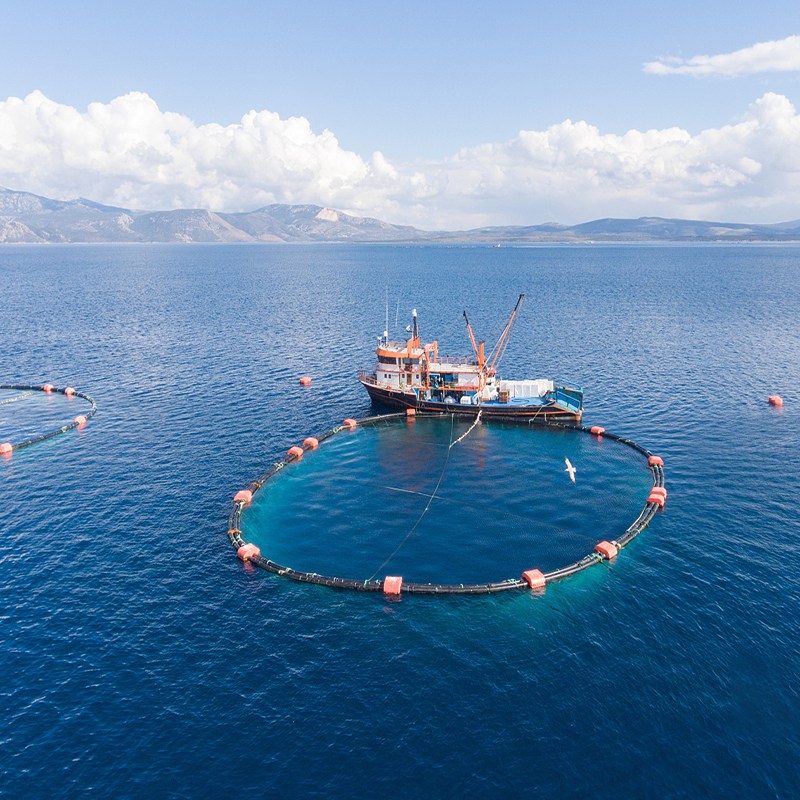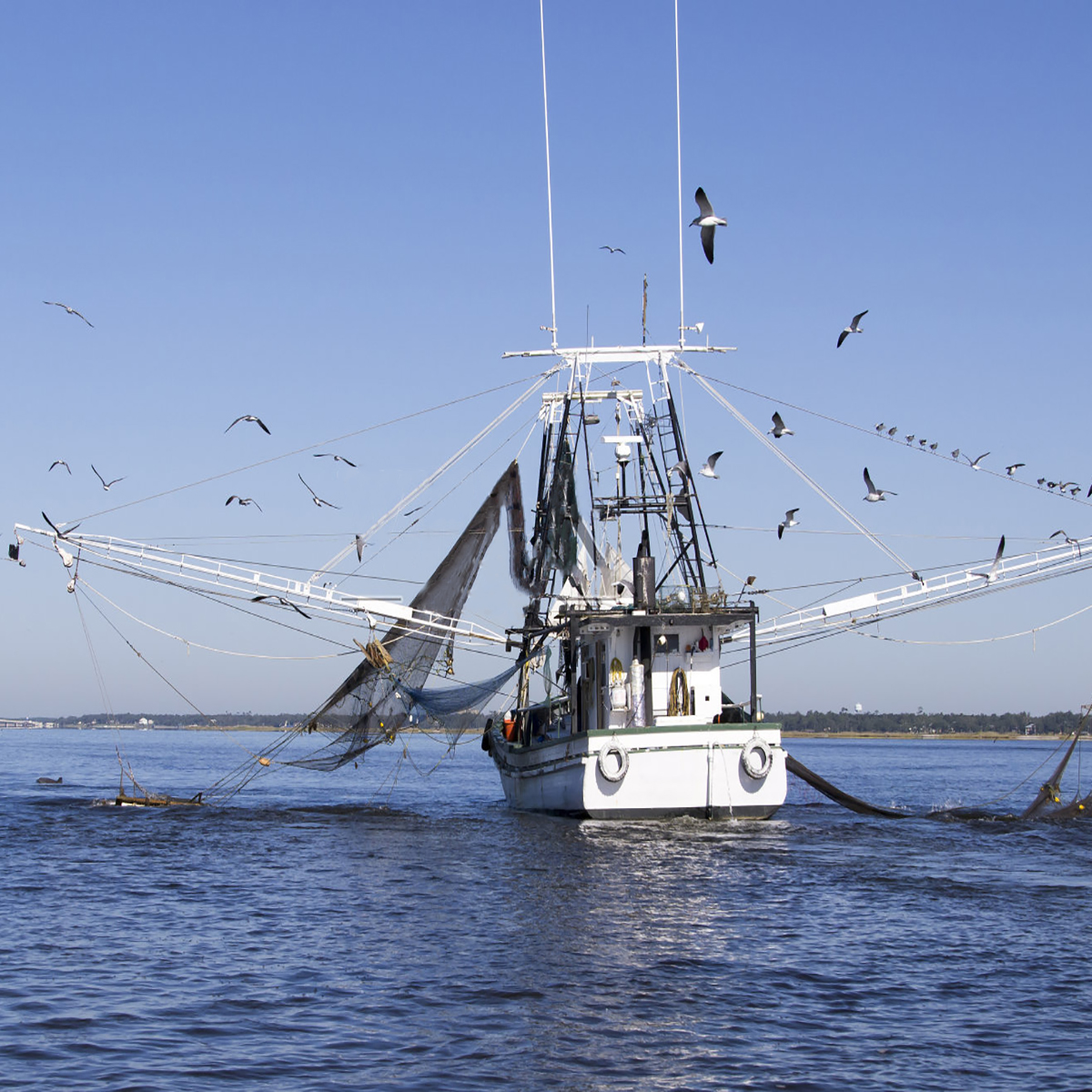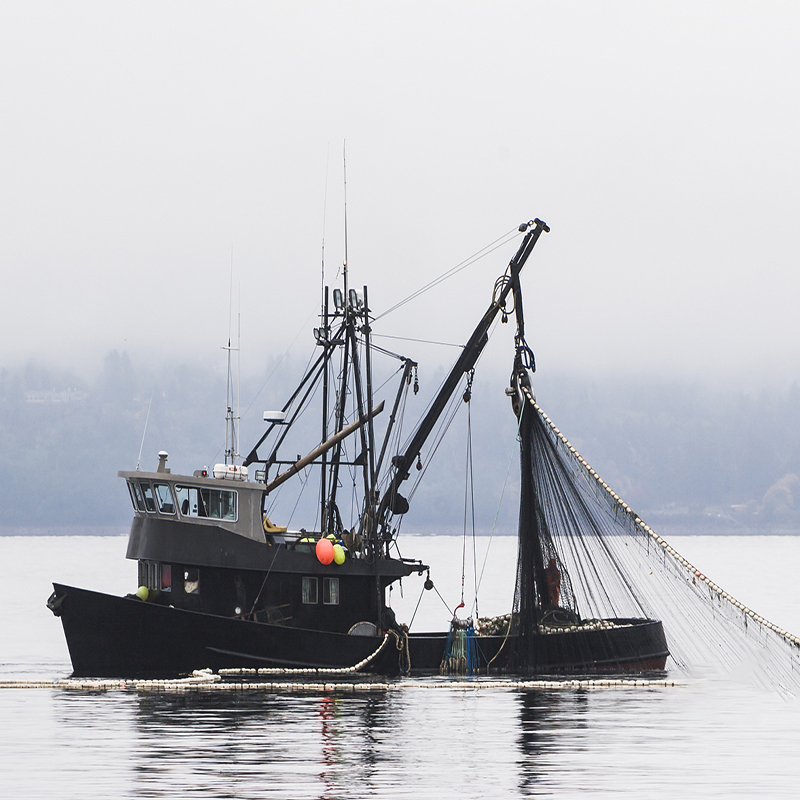Fishing Nets are typically crafted from a variety of synthetic materials, including polyethylene, polypropylene, polyester, and nylon. Polyethylene Fishing Nets are known for their high strength-to-weight ratio, excellent chemical resistance, and low water absorption, which makes them durable and long-lasting in water. Polypropylene Fishing Nets are lightweight, buoyant, and resistant to rot and mildew, providing cost-effective solutions for fishing applications. Polyester Fishing Nets offer high abrasion resistance, good dimensional stability, and resistance to UV rays, ensuring that the net retains its shape and strength over time. Nylon Fishing Nets are recognized for their high elasticity, superior knot strength, and excellent shock-absorbing capabilities, which are crucial when dealing with large and powerful fish.
In terms of performance, these Fishing Nets exhibit remarkable characteristics. They have high tensile strength, allowing them to withstand the forces exerted by struggling fish and the water currents. Their resistance to abrasion ensures that they do not easily tear when in contact with rough surfaces such as rocks or coral reefs. The Fishing Nets also have good flexibility, which enables them to be easily deployed and retrieved. Moreover, their chemical resistance protects them from the corrosive effects of seawater and various chemicals used in the fishing industry.
The advantages of using these materials in Fishing Nets are numerous. Firstly, Fishing Nets are more durable compared to traditional natural-fiber nets, reducing the frequency of replacement and thus saving costs in the long run. Secondly, their lightweight nature makes them easier to handle, especially for fishermen working on small boats. Thirdly, the synthetic materials are less affected by environmental factors such as moisture, sunlight, and pests, which extends the service life of the nets.
Fishing Nets made from these materials find wide applications in the fishing industry. In commercial fishing, they are used for trawling, gill-netting, and seine-netting to catch a large quantity of fish. They are also employed in aquaculture for enclosing fish ponds and cages, preventing fish from escaping and protecting them from predators. In recreational fishing, these nets are used by anglers to land their catches safely.
In conclusion, the use of polyethylene, polypropylene, polyester, and nylon in Fishing Nets has revolutionized the fishing industry. Their unique properties have enhanced the performance, durability, and cost – cost-effectiveness of Fishing Nets, making them an indispensable tool for fishermen around the world.
Post time: Aug-13-2025




